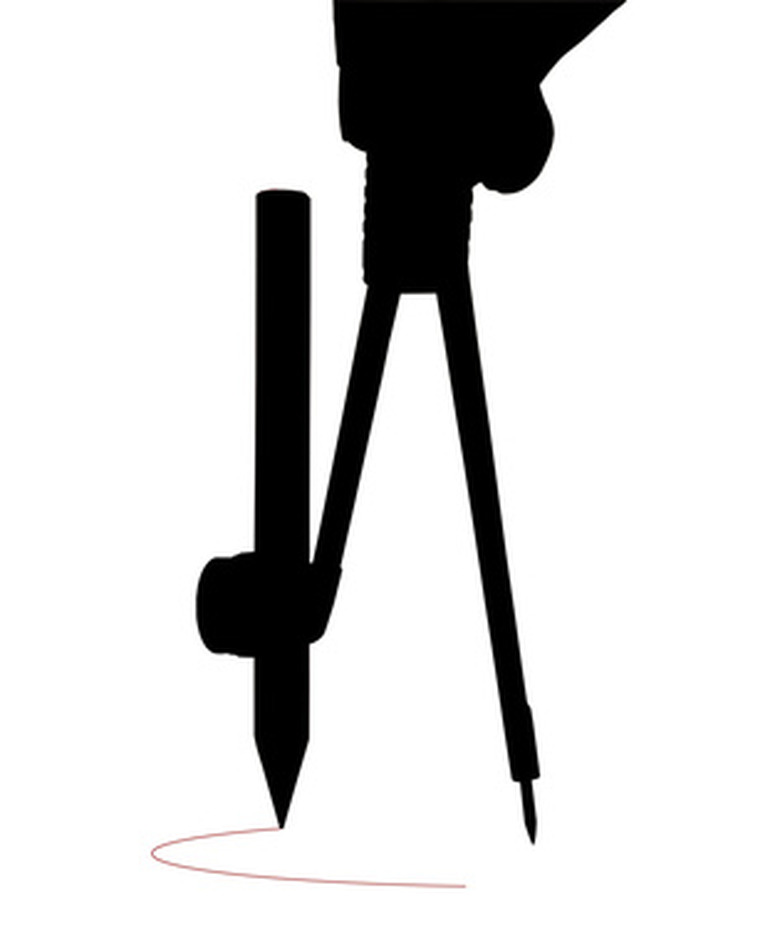The Origins Of Perimeter And Circumference
Mathematical concepts are elegant intellectual puzzles and tools to help us function in daily life. If you know the perimeter of your front lawn, which is easy to measure, you can figure out how much sod to order. By measuring the midpoint of a hat's crown to the brim, you can calculate how much trim you need to finish it off. Buried in the mists of time are the myriad calculations it took to discover these tricks we now take for granted.
History
History
Evidence of historic use of the concepts of perimeter and circumference goes back to the ancient Egyptians and Babylonians in about 1800 B.C.E. The pyramids are built to exact mathematical formulae although there is no written record of the use of Pi, a dimension of calculating circumference, in the archaeological data. Clay tablets from Babylonia describe the complex math used in building the elaborate canal system used for transportation and irrigation. Archimedes is credited with the formal discovery of Pi in 240 B.C.E. in Greece, and Eratosthenes was the first person to calculate the circumference of the earth accurately, sometime between 276 and 195 B.C.E. Liu Hui of China and Aryhabata of India were working with Pi long before the Greeks wrote about it.
Etymology
Etymology
In English, we can trace the origins of the terms to the 14th and 16th centuries. "Circumference" entered the language in the late 1300s from Latin and the Greek. "Circumferre" is the Latin for "to lead around" or "carry around," and the Greek "periphereia" is the line around a circular object. "Perimeter" is first found in 1590 from the Latin and Greek "perimetros"–"peri" meaning "around" and "metron" meaning "measure."
Perimeter
Perimeter
Finding the perimeter of an area is simple. Measure the length of each of its sides and add them together. The total is the distance around the object. Squares, pentagons, hexagons and other even-sided figures can be calculated by measuring one side and multiplying that figure by the number of sides.
Circumference
Circumference
Finding the precise circumference requires a good head for math or a pencil and paper. Measure the mid-point of a circle to the outer edge–a straight line that equals half the diameter of the circle. The diameter, of course, is the distance from one edge of a circle to its opposite edge across the widest point. But, as you need to measure through the exact center of the circle anyway to find the diameter, it's easier to use the radius. Multiply the radius by 2 and then multiply that by Pi, which is 3.1416. A shortcut for an approximate circumference is to multiply the radius by 2 and then by 3.
Cite This Article
MLA
Crawford, Benna. "The Origins Of Perimeter And Circumference" sciencing.com, https://www.sciencing.com/origins-perimeter-circumference-7815683/. 24 April 2017.
APA
Crawford, Benna. (2017, April 24). The Origins Of Perimeter And Circumference. sciencing.com. Retrieved from https://www.sciencing.com/origins-perimeter-circumference-7815683/
Chicago
Crawford, Benna. The Origins Of Perimeter And Circumference last modified August 30, 2022. https://www.sciencing.com/origins-perimeter-circumference-7815683/
